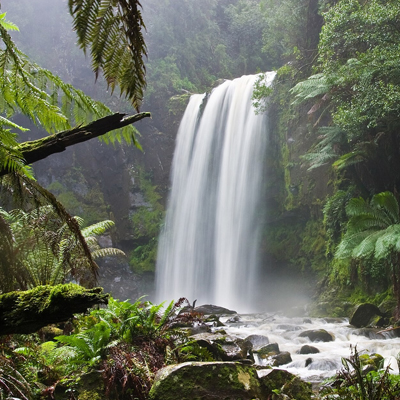Disasters and climatic phenomena today and in the past

HTML: 3
All claims expressed in this article are solely those of the authors and do not necessarily represent those of their affiliated organizations, or those of the publisher, the editors and the reviewers. Any product that may be evaluated in this article or claim that may be made by its manufacturer is not guaranteed or endorsed by the publisher.
The current interest and frenzy discussion and attribution of all the evils in climate change, the climate crisis, has led to skepticism about its right research direction, as well as its management and priority implementation actions, extended to its impacted effects on humans, the environment, and the economy. Rather than being the result of a simple mistake, an adequate dispute is based on diversity. I argue that many aspects of the scientific and ethical debate on climate change can be usefully viewed from a different more human-environment-centered perspective. This opinion article presents the topic recalling the historical past and discussing the current opinions and policy orientations followed by scientists, and decision-making centers. Emphasis is given to the prioritized sectors for mitigating the currently undesirable effects, in parallel to re-orientation and breakdown of research on the contemporary causes of climatic change from the non-human interventions.
How to Cite

This work is licensed under a Creative Commons Attribution-NonCommercial 4.0 International License.
Copyright (c) 2023 The Author(s)
PAGEPress has chosen to apply the Creative Commons Attribution NonCommercial 4.0 International License (CC BY-NC 4.0) to all manuscripts to be published.

 https://doi.org/10.4081/peasa.22
https://doi.org/10.4081/peasa.22



